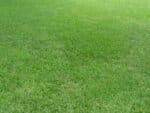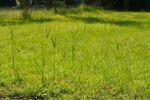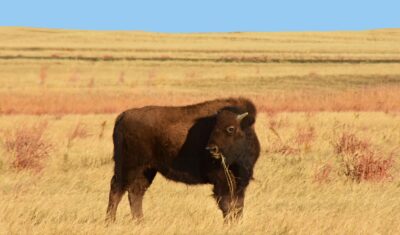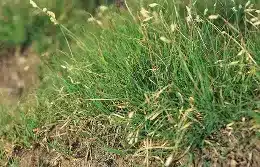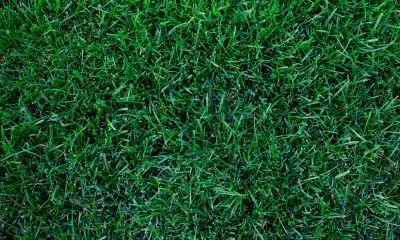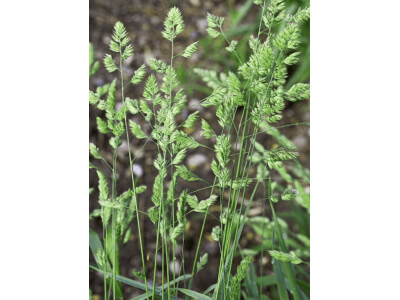Buy more and save!
Coverage Area
Price
10 in stock
10 in stock
$99.99
A warm-season perennial grass, bahiagrass (Paspalum notatum) offers rugged resilience for Southeast US pastures and fields. It tolerates heat, drought, and poor soils while providing year-round grazing and erosion control. Plant in spring for rapid establishment of a deep-rooted, low-maintenance forage stand that also supplies seeds and cover for wildlife.
Most orders ship within 3 to 4 business days. More information
– **Drought Performance:** Bahiagrass is renowned for deep roots and heat tolerance. It “grows better on drought-prone soils” than most pasture grasses and remains green longer into dry spells. It is often planted on infertile, sandy sites where other grasses fail.
– **Low Maintenance:** This grass “requires minimal maintenance and is easy to establish by seed”. Once seeded, it competes aggressively with weeds and persists on low-fertility soils, often needing no irrigation after establishment. It generally needs only modest fertilization to sustain moderate yields.
– **Erosion Control:** Thanks to its vigorous, sod-forming growth, bahiagrass “stabilizes soil on steep banks, coastlines, and other erosion-prone areas”. It was historically used for highway shoulders and ditches because its dense mat prevents washouts even in drought.
– **Grazing Resilience:** Bahiagrass tolerates heavy continuous grazing. It has “higher tolerance to heavy grazing” than many forage grasses. While its forage quality is moderate (good when kept leafy), it will persist under frequent grazing pressure. Cattle gains on bahiagrass are intermediate, and hay from it can sustain beef cattle through winter with proper supplementation.
– **Wildlife Habitat:** The plant produces seedheads that feed deer, game birds, and small mammals Its low, clumping cover provides nesting and refuge for ground wildlife. When mixed with wildflowers or legumes, bahiagrass can form part of a diverse habitat blend that supports pollinators and seed-eating species. (Note: as a non-native grass, it’s not used alone for “native” restorations, but adds cover and cover crop benefits on disturbed sites.)
– **Ornamental Appeal:** While not a formal lawn grass, bahiagrass offers a naturalistic look. Its distinctive V-shaped (Y-shaped) seed heads stand above a carpet of light-green blades. Cultivars like ‘Argentine’ produce a dense, dark green turf and remain shorter, making them more acceptable for semi-manicured areas. Many growers use bahiagrass in meadows or along roadways for a reliable, low-cost “prairie” aesthetic.
| Weight | 5 lbs |
|---|---|
| Dimensions | 1 in |


